Health Benefits of Free Weights vs. Machines: Which Should You Use?
When it comes to building strength, enhancing fitness, and achieving various health goals, the debate between free weights and machines is a common one. Both have their unique advantages and potential drawbacks, making them suitable for different types of workouts and individual preferences. Let’s dive into the pros and cons of each to help you decide which might be the best fit for your fitness journey.
Free Weights
Pros:
- Functional Strength: Free weights, such as dumbbells, barbells, and kettlebells, promote functional strength by mimicking real-life movements. This helps in improving overall stability and coordination.
- Versatility: With free weights, you can perform a wide range of exercises targeting different muscle groups. This versatility allows for varied workouts, preventing monotony and promoting muscle growth.
- Engages Stabiliser Muscles: Free weight exercises require the engagement of stabiliser muscles to maintain balance and control, leading to a more comprehensive workout.
- Better Range of Motion: Free weights allow for a greater range of motion compared to machines, which can lead to better flexibility and muscle activation.
- Customisable Workouts: You can easily adjust the weight and exercise variations to match your fitness level and goals.
Cons:
- Higher Risk of Injury: Without proper form and guidance, the risk of injury is higher with free weights, especially for beginners.
- Need for Spotting: Certain exercises, like heavy bench presses or squats, may require a spotter to ensure safety.
- Learning Curve: Free weight exercises often have a steeper learning curve, requiring more time to master the correct technique.
Machines
Pros:
- Safety: Machines provide a controlled range of motion and fixed movement paths, reducing the risk of injury. This makes them ideal for beginners or those recovering from an injury.
- Ease of Use: Machines are generally easier to use and require less technical skill, allowing for a quicker start to your workout.
- Isolation of Muscles: Machines can target specific muscles more effectively, making them useful for rehabilitation or focused muscle training.
- Reduced Need for Spotting: Most machine exercises do not require a spotter, making them safer for solo workouts.
Cons:
- Limited Range of Motion: Machines often restrict the natural range of motion, which can lead to less functional strength and flexibility.
- Less Engagement of Stabiliser Muscles: Since machines guide the movement, stabiliser muscles are less engaged, potentially leading to imbalances in muscle strength.
- Less Versatility: Machines are typically designed for specific exercises, limiting the variety of workouts you can perform.
- Cost and Space: Machines are usually more expensive and require more space compared to free weights, making them less accessible for home gyms.
Which Should You Use?
The choice between free weights and machines largely depends on your fitness goals, experience level, and personal preferences. Here are some guidelines to help you decide:
- Beginners: If you’re new to strength training, starting with machines can help you learn proper form and build confidence. As you become more comfortable, you can gradually incorporate free weights into your routine.
- Building Functional Strength: For improving overall functional strength and coordination, free weights are the better option. They mimic real-life movements and engage multiple muscle groups, including stabilisers.
- Targeting Specific Muscles: If your goal is to isolate and target specific muscles, machines can be very effective. They allow for controlled movements and focus on particular muscle groups.
- Rehabilitation and Injury Prevention: Machines are ideal for individuals recovering from an injury or those looking to prevent injuries. The controlled movement paths reduce the risk of strain.
- Versatility and Progression: For a versatile and progressive workout, free weights offer more options. You can easily adjust the weight and vary the exercises to continually challenge your muscles.
Overall, both free weights and machines have their place in a well-rounded fitness routine. Incorporating both can provide a balanced approach, taking advantage of the unique benefits each offers. Ultimately, the best choice is the one that aligns with your fitness goals, experience level, and personal preferences. By understanding the pros and cons of each, you can create a workout plan that maximises your health benefits and keeps you motivated on your fitness journey.
Whether you choose free weights, machines, or a combination of both, the most important thing is to stay consistent and enjoy the process of becoming a healthier, stronger you.

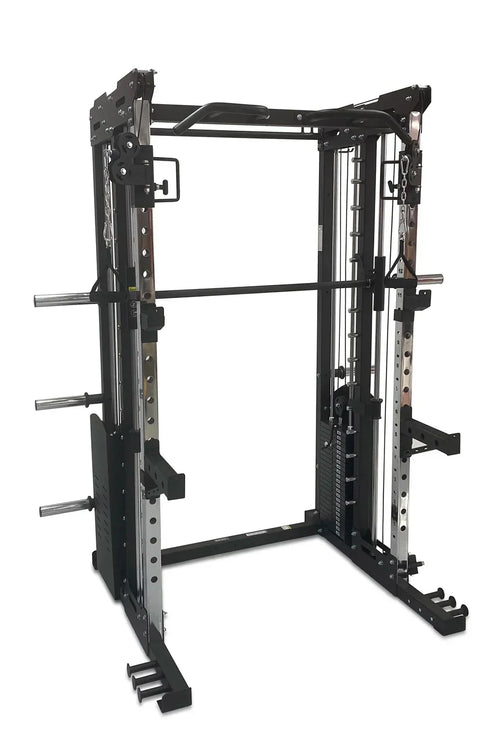
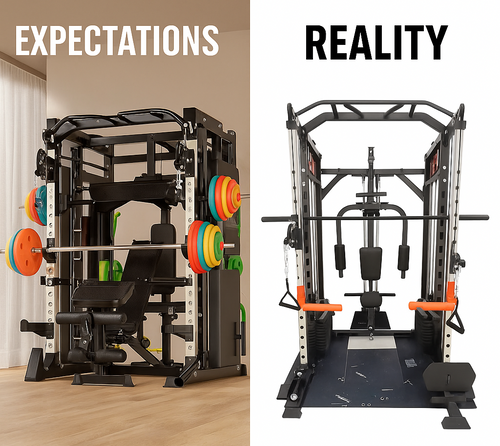
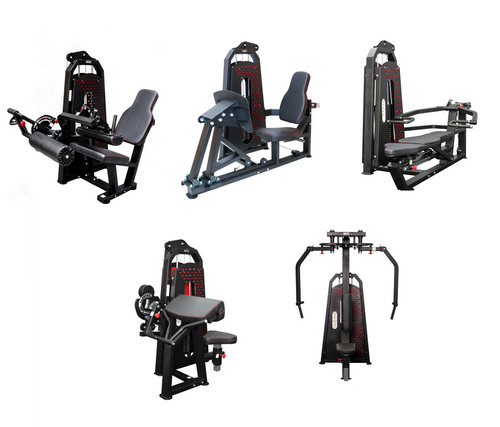
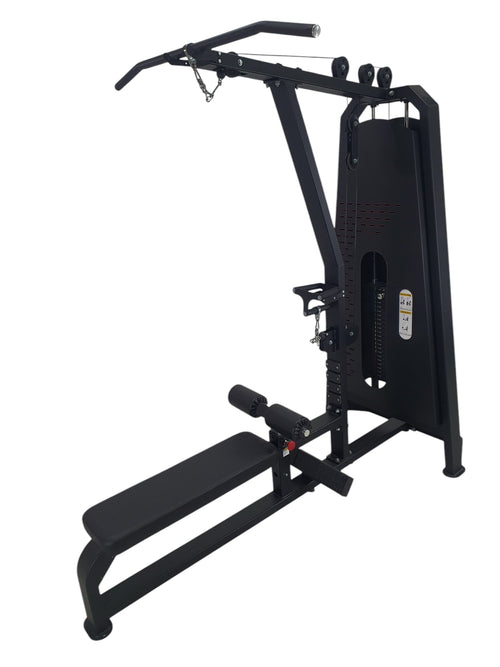
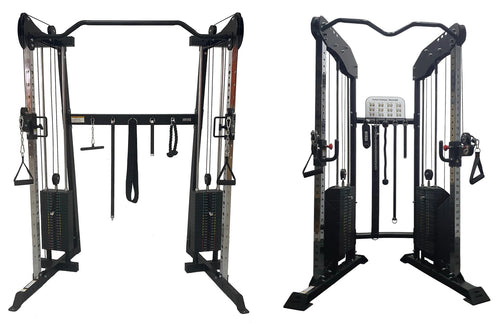

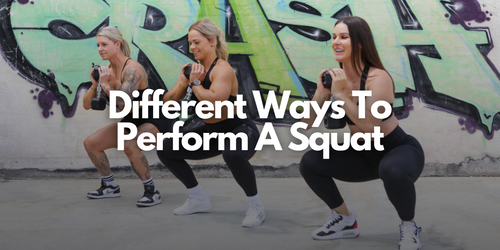


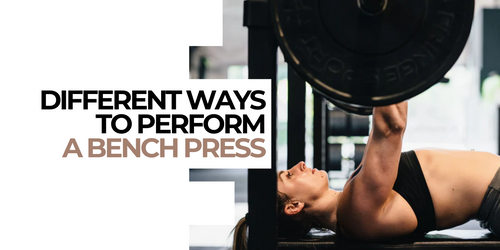
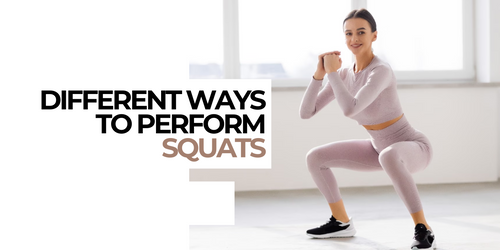

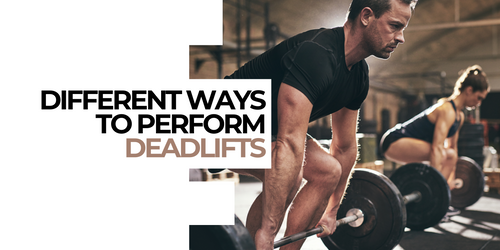

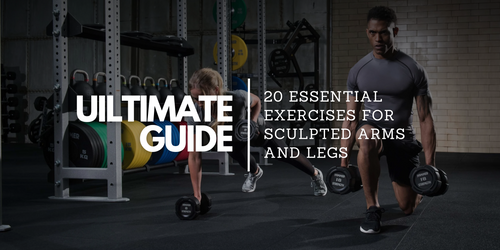




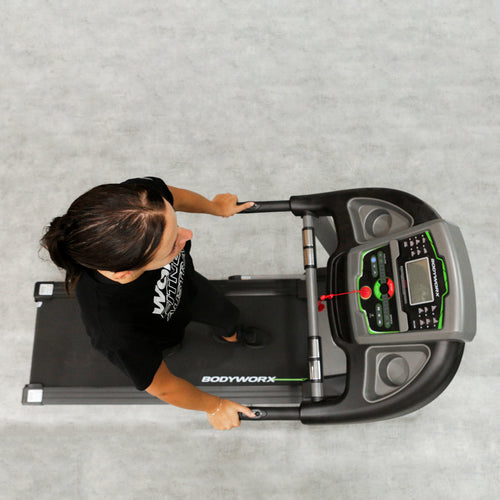
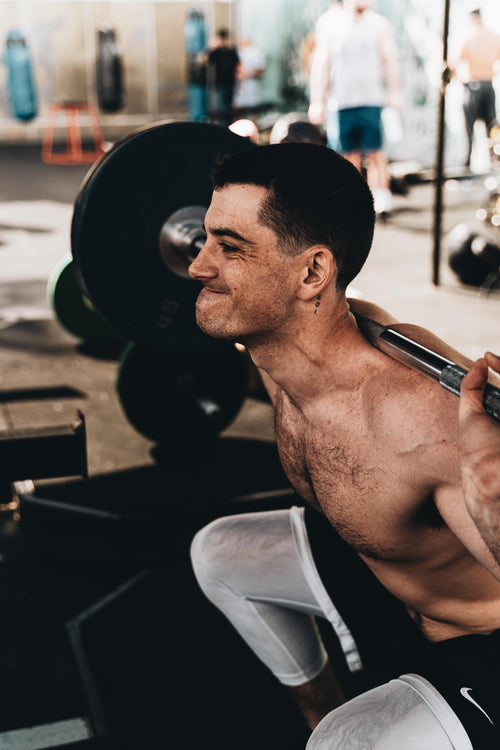


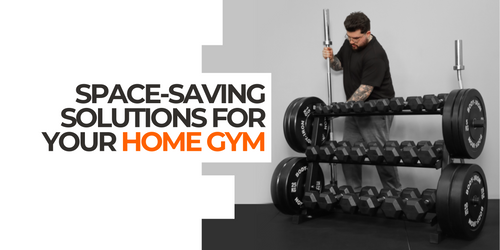
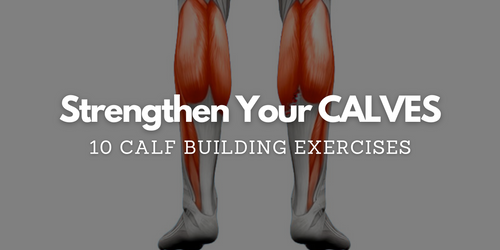
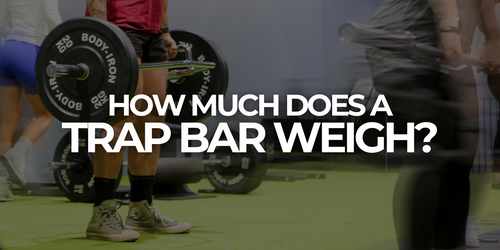
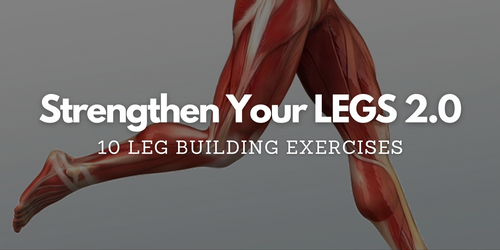
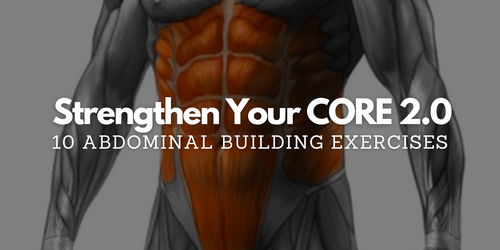
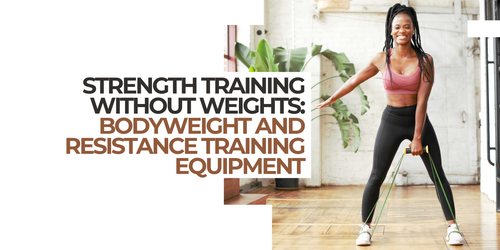
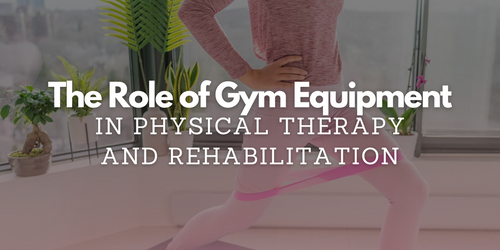
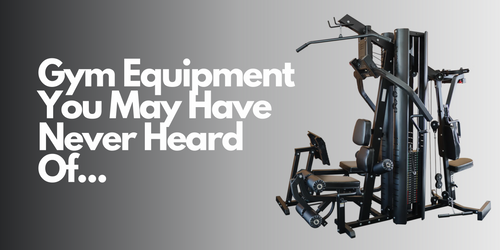
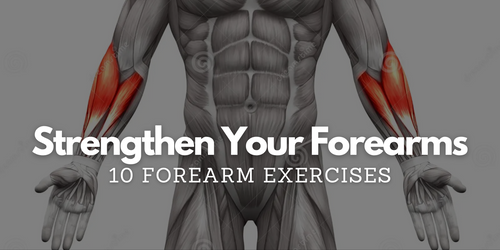

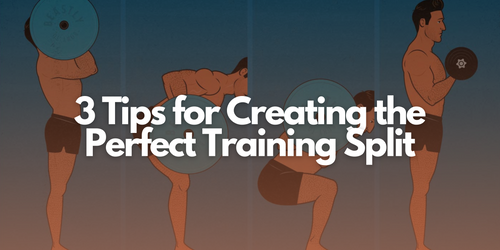

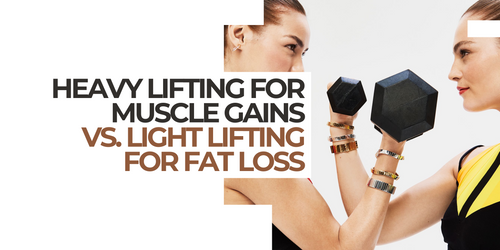


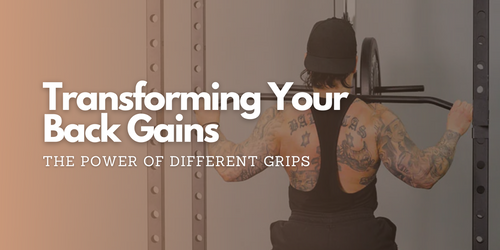
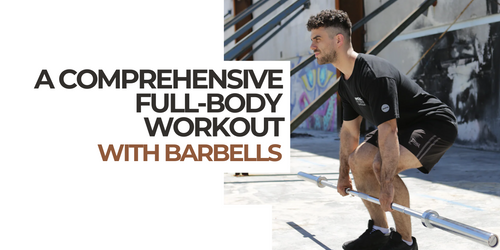
Leave a comment